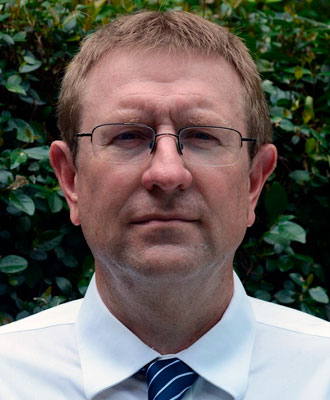Abstract
The estimation of seismic wave speeds plays one of the most important and critical roles in seismic data processing. As we explore more complex and previously unexplorable provinces, as well as demanding ever-higher quality images from seismic reflection data everywhere, accurate velocity models are of paramount importance. I feel this topic is so important that everyone involved in creating images from seismic reflection data should understand the fundamentals of seismic velocity estimation and able to recognize limitations and pitfalls in practical applications.
This lecture is designed to provide insights into how seismic velocity estimation really works, what you can resolve, and what you will have difficulty resolving. I will present experiments that demonstrate the power and limitations of tomographic approaches that rely on iterative prestack migration. During this discussion you will learn concepts that might at first seem counter-intuitive; for example, lateral resolution of velocity anomalies can often be higher than vertical resolution. I will demonstrate simple and effective ways of performing analysis and quality control during velocity model construction. Finally, we will discuss emerging and advanced methods for building velocity models in the most complex settings that are currently of industrial interest.
Biography
John T. Etgen received a bachelor of science degree in geophysical engineering from the Colorado School of Mines in 1985 and a Ph.D. in geophysics from Stanford University in 1990. During his studies, he had the good fortune to work on a wide variety of topics in seismic imaging and data processing while learning from his mentors, Jon Claerbout and Norm Bleistein, along with many talented colleagues and fellow students. His thesis studied new-at-the-time prestack migration-driven tomographic techniques for velocity estimation. That experience taught him the true difficulties of inverse problems. Leaving Stanford behind, he began his industrial career in late 1990 at the Amoco Production Research Company in Tulsa, Oklahoma. Unlike many new Ph.D. graduates, he did not want to continue to work on his thesis topic! Fortunately, once again he had the opportunity to work on a wide variety of topics and learn from leading researchers, such as Dan Whitmore, Rusty Alford, Kurt Marfurt, Ken Kelley, Sam Gray, and many others. In 1999, Amoco merged with British Petroleum (BP) and John moved to Houston, Texas. His role was senior scientist and then senior scientific advisor for seismic imaging at BP. In 2008, he and Carl Regone were awarded the Virgil Kauffman medal for their work in wide-azimuth marine seismic. In late 2011, John was appointed distinguished advisor for seismic imaging at BP. John currently serves as assistant editor for the scientific journal Geophysics and continues to work in the upstream technology organization at BP.






